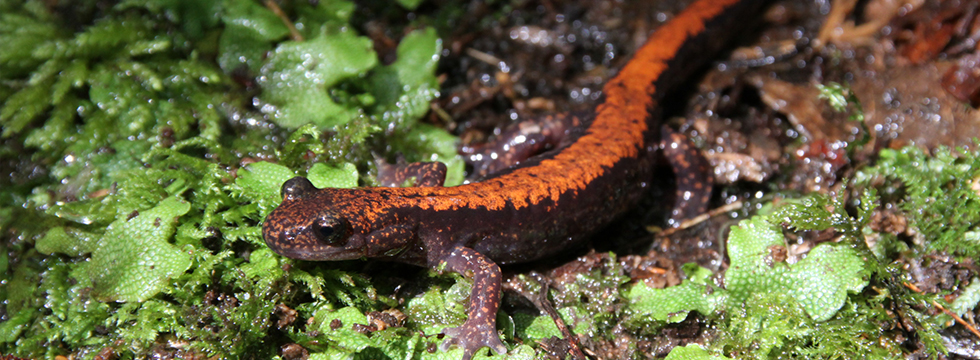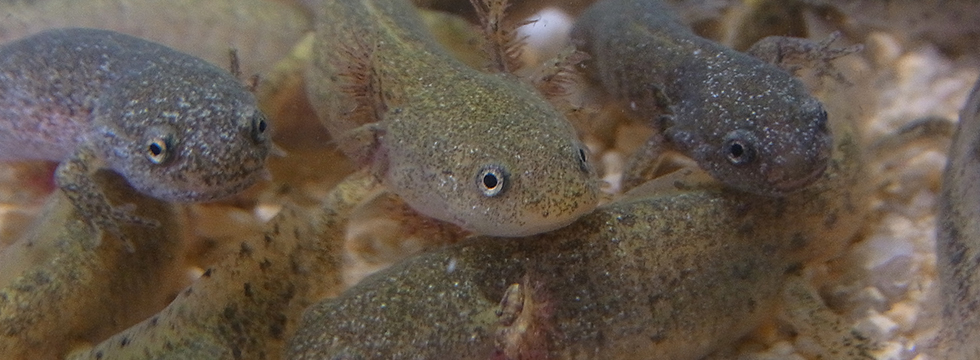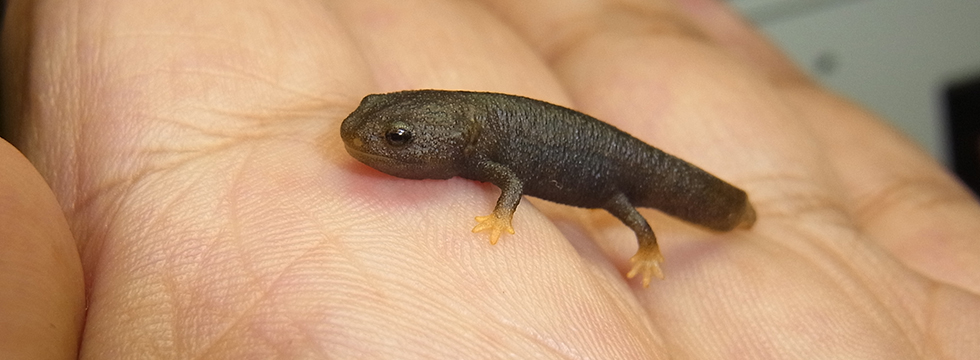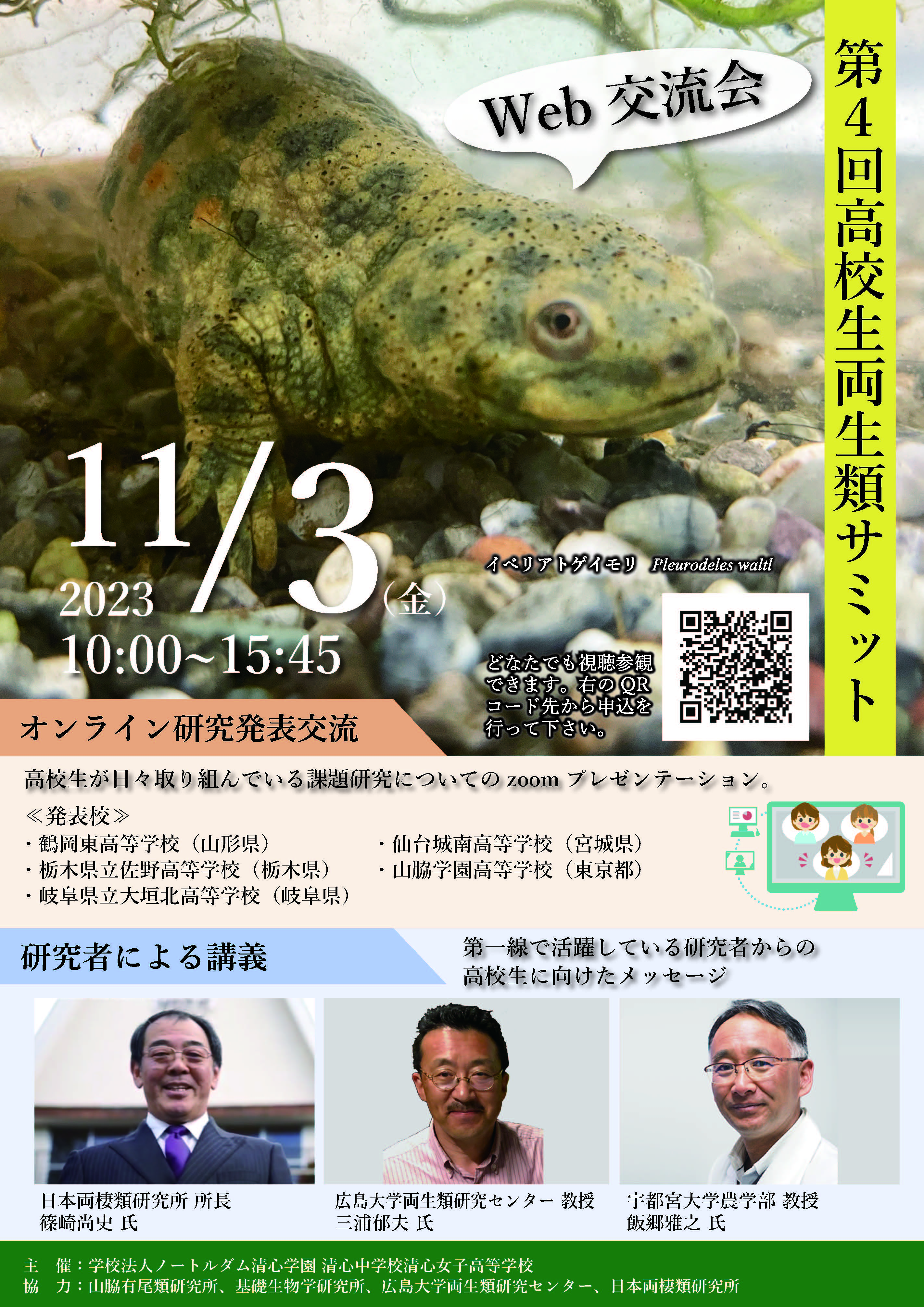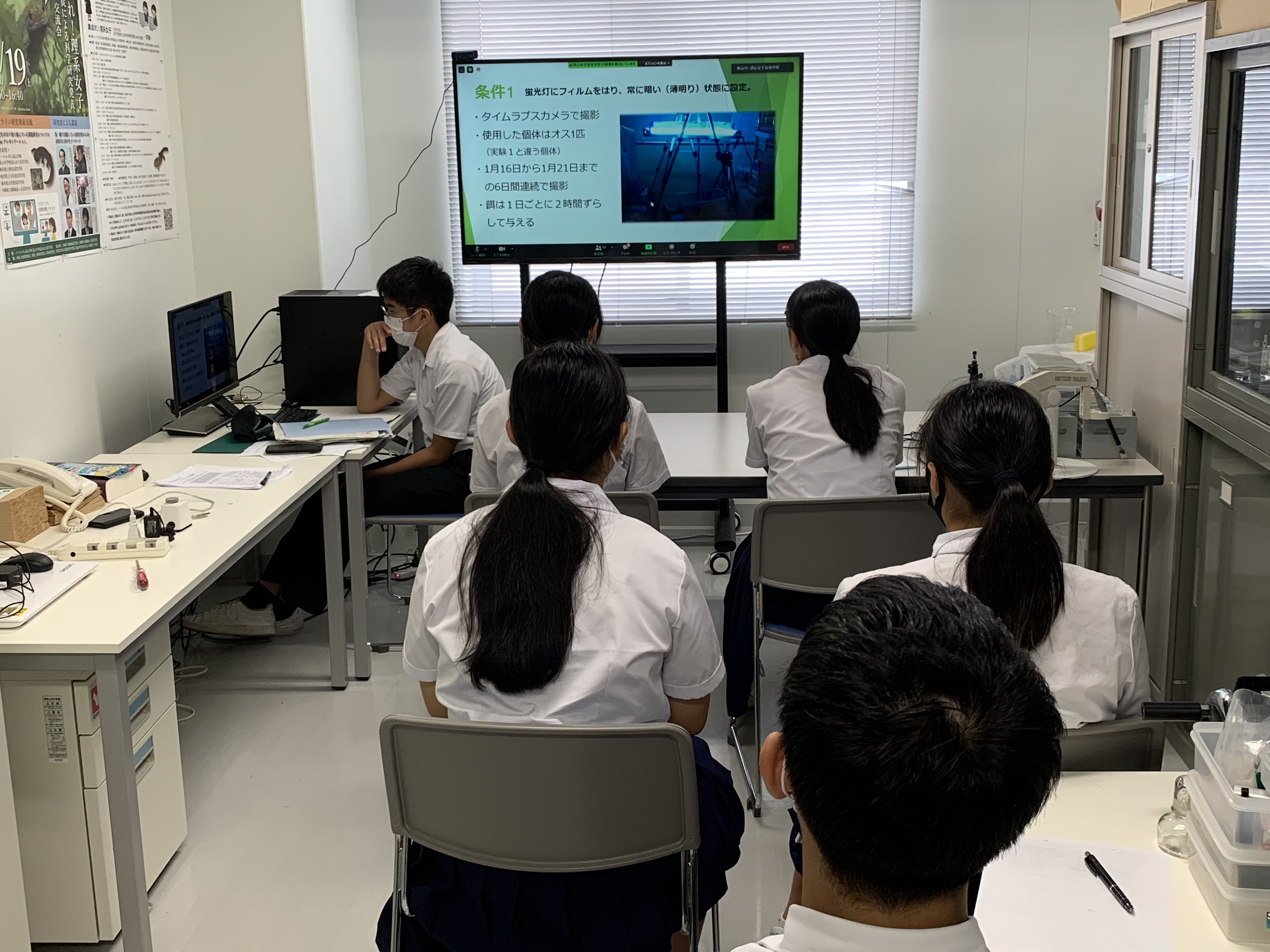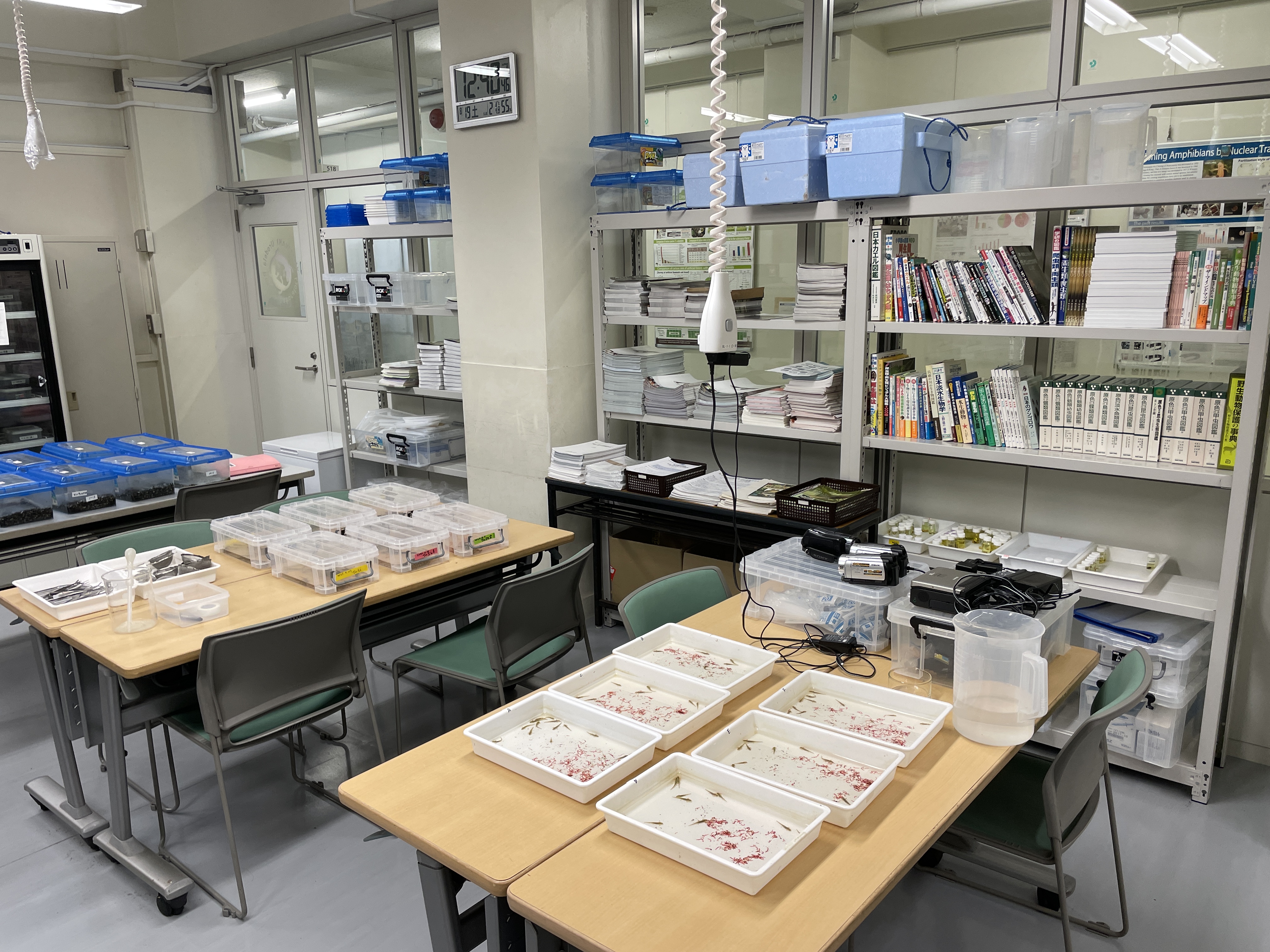Two primary objectives of science education at the elementary school level are cultivating a love of nature and developing the ability to solve problems. All elementary school students take the subject “Seikatsu-ka”, in which they experience taking care of animals. I decided to give my students the assignment of writing a research report on how their own elementary schools are taking care of their school pets and how they are using those pets for educational purposes. I have been giving this research assignment to my students annually since 1999. To my surprise, some students enclosed in their report a photo of a notice attached to the animal cages which read, “Keep away from this cage! Students responsible for feeding only!” I thought to myself, what is the point of keeping animals if nearly no one can interact with them? Not surprisingly, my students seem to be lacking in memories of seeing their school animals. I thus decided a few years ago to send out questionnaires to all the elementary schools in my prefecture, Okayama, in order to find out how they were taking care of their animals. This research revealed some eye-opening results.
Rabbits – cute and cuddly - are the most popular animals kept at schools here. However, 54 percent of the schools surveyed could not tell whether their rabbits were female or male. As a result, 65 percent were keeping males mixed with females and 91 percent were keeping their rabbits without using any kind of population control treatment. Some schools were keeping as many as 40 rabbits. Since the school teachers do not have the proper understanding of the animals’ behaviors, they are confronted by numerous difficulties. However, what surprised me most was that during the past ten years three students were denied entry when they tried to visit the elementary school from which they graduated. I do not know exactly the reason the students were prevented from seeing the animals, however the schools might be aware of some problems in their dealings with their pets.
The Governmental Educational Council feels keeping animals at schools helps deliver the Heart-Enriching education they wish to give students. At schools, however, numerous problems prevent this from happening: teachers’ lack of knowledge, insufficient financial support for keeping animals, and the burdens of keeping living creatures. These conditions, as well as the current issue of “Bird Flu” make many educators reluctant to keep animals at school.
So when asked the question: “What would make you sadder, the death of a pet at home or the death of a pet at school?, nearly all students reply “a pet at home.” The reason for this reaction simple: the more contact children have with an animal, the more attachment they will feel to it. So yes, rabbits can be good creatures to keep at school, so long as we limit their number to two or three and use suitable population control treatments. Using animals to enrich the hearts of students is good thinking, but the teachers need to be knowledgeable and the students must be able to have contact with the animals.
Seishin Girls’ High School AKIYAMA Shigeharu

